Uber Accelerates Robotaxi Ambitions with May Mobility Amid Autonomous Race with Tesla and Waymo
Uber Technologies Inc. $UBER announced a major step forward in its autonomous vehicle strategy on Thursday, revealing a partnership with self-driving startup May Mobility. The collaboration aims to deploy thousands of autonomous vehicles on Uber’s ride-hailing platform across U.S. cities by the end of 2025, with initial operations set to begin in Arlington, Texas.
This move reflects Uber’s growing commitment to expanding its robotaxi ecosystem and solidifying its position in the highly competitive autonomous mobility sector, currently shaped by rivals such as Lyft $LYFT, Tesla $TSLA, and Waymo, a subsidiary of Alphabet Inc. $GOOGL.
Strategic Signals from the Robotaxi Roadmap
Uber's latest alliance comes amid heightened investment across the autonomous vehicle landscape. May Mobility, known for its focus on shuttle-based AV systems, brings a complementary layer of expertise to Uber’s scalable ride-hailing infrastructure. By joining forces, the companies intend to streamline deployment, improve safety protocols, and lower per-mile operational costs.
This partnership also underscores a tactical response to market trends favoring automation, as labor shortages, regulatory changes, and urban congestion continue to reshape the economics of personal and shared mobility.

Key Developments Shaping Uber's Autonomous Strategy
Geographic Rollout Begins in Texas: The initial robotaxi launch in Arlington will act as a testing ground for scaling to other urban markets.
Diversified AV Partnerships: Uber’s growing alliance network now includes Waymo, WeRide $WRD, and Avride—each adding regional or technological strengths.
Reduced Driver Dependency: Introducing autonomous fleets aims to address long-term driver availability challenges and cost structures.
Competition with Tesla and Lyft: As Tesla advances its Full Self-Driving (FSD) software and Lyft explores autonomous pilots, Uber is positioning itself as a platform-agnostic orchestrator.
Technology-Driven Urban Mobility: By integrating AVs into the Uber app, the company moves closer to its vision of seamless, intelligent urban transport.
Players Redefining Urban Transportation
Waymo: Deep learning and sensor fusion technologies give Waymo a head start in Phoenix and San Francisco AV pilots.
WeRide: A leading Chinese AV firm with global expansion goals and strong testing credentials.
Avride: Emerging as a nimble player in localized autonomous services.
Tesla: Continues to pursue Level 4 autonomy with an end-to-end vertical integration model.
May Mobility: Specializes in low-speed autonomous shuttles, focusing on safety validation and public-private partnerships.


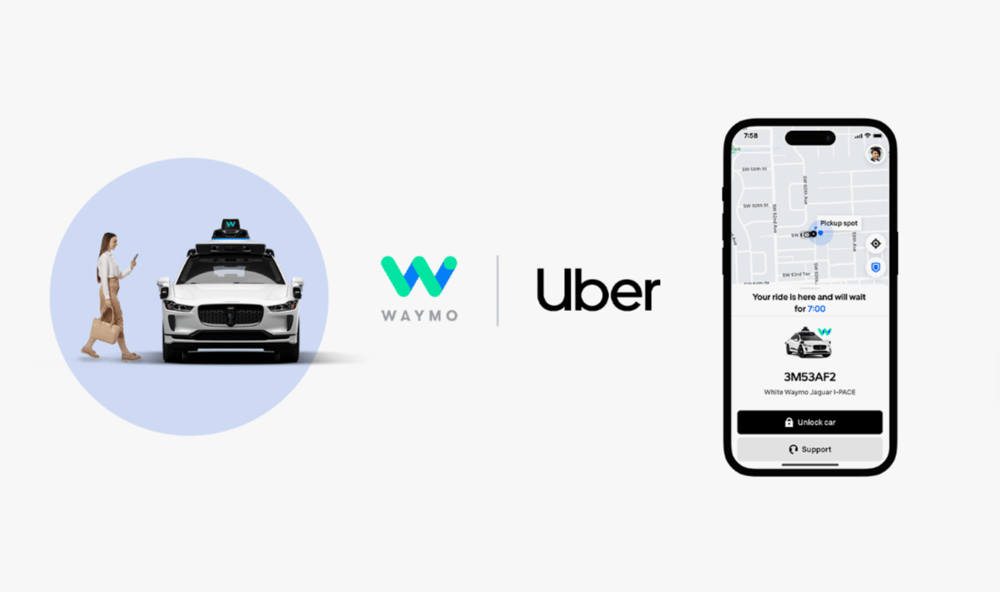
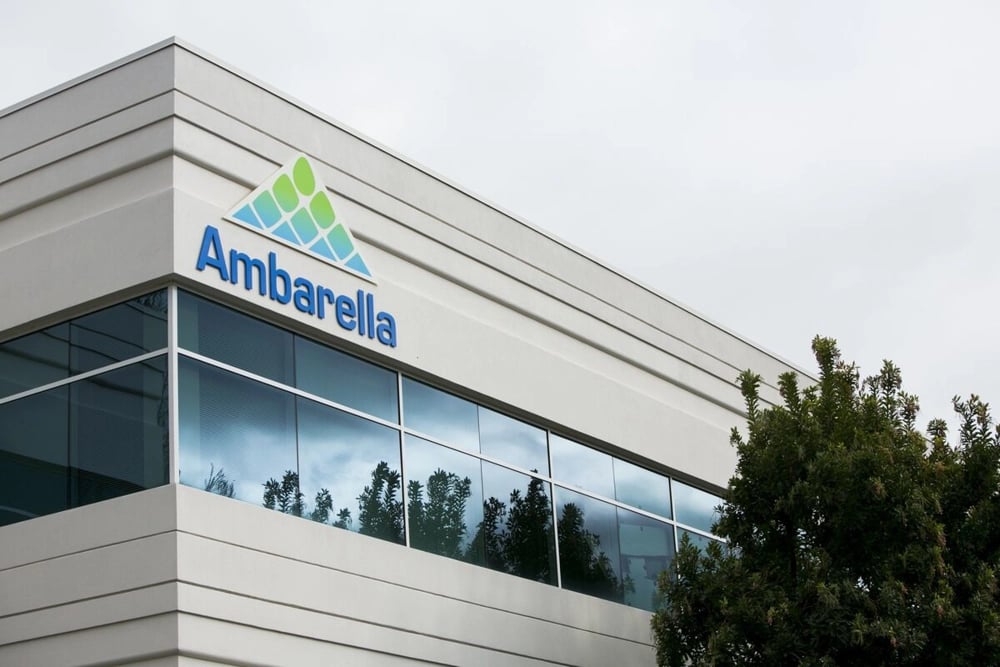





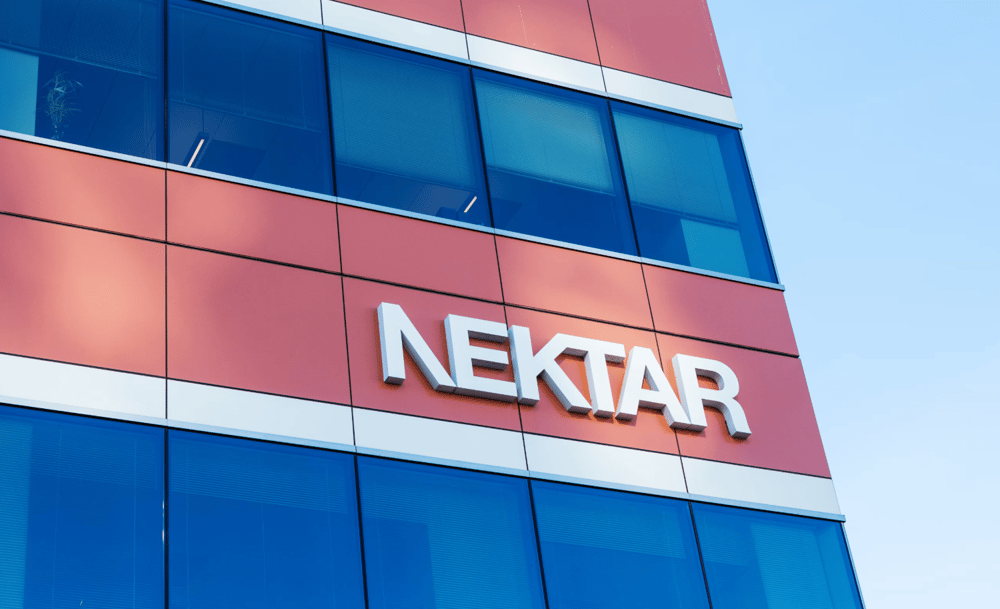
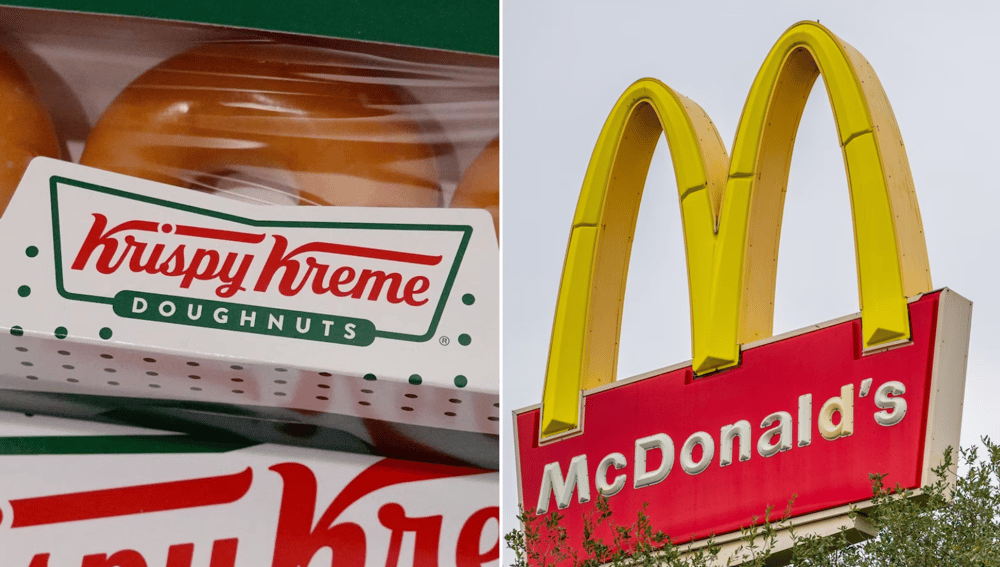

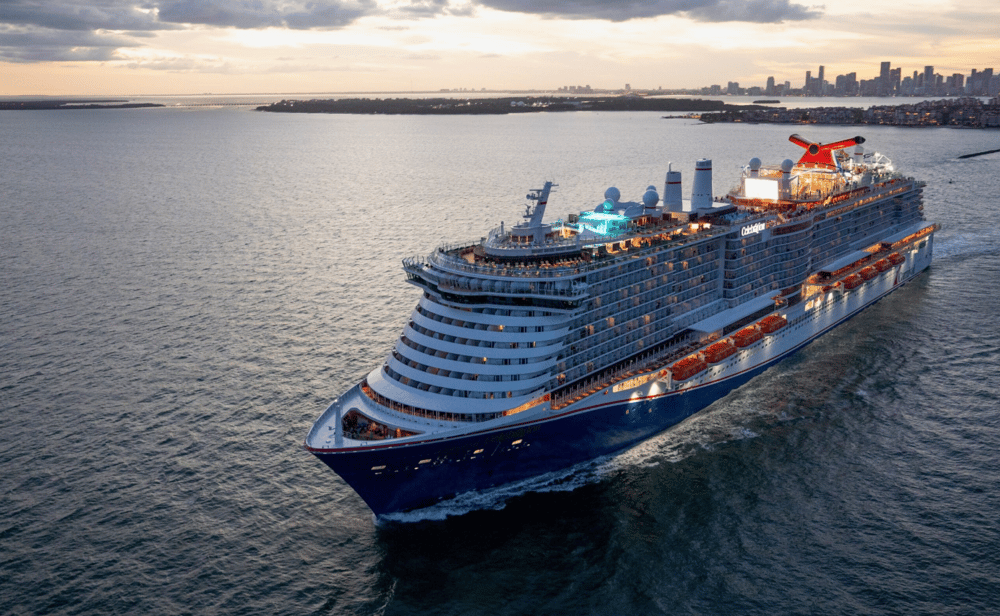
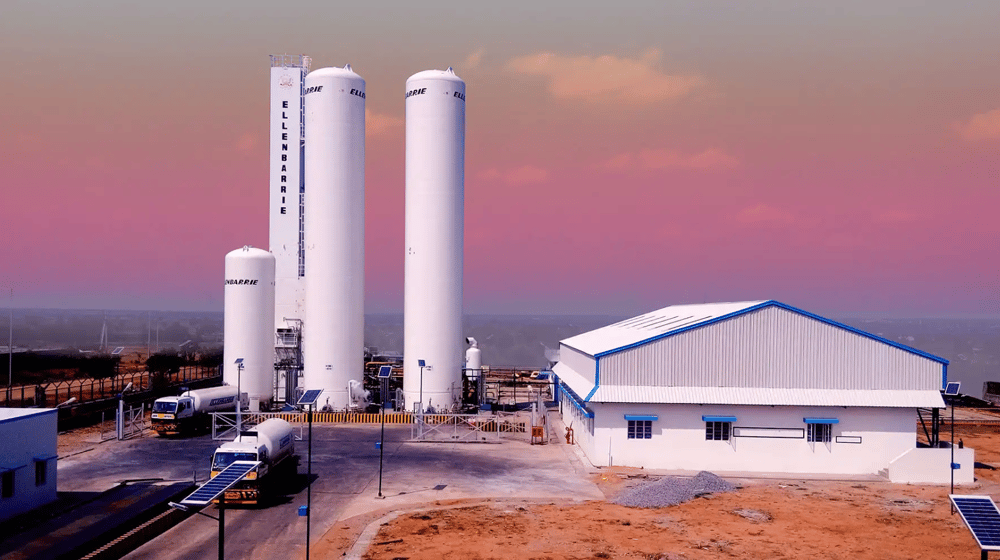

Comments
The strategic edge demonstrated here is paving the way for a revolutionary era in automation advancements
A sale of this magnitude could signal a transformative shift in the future of tech automation